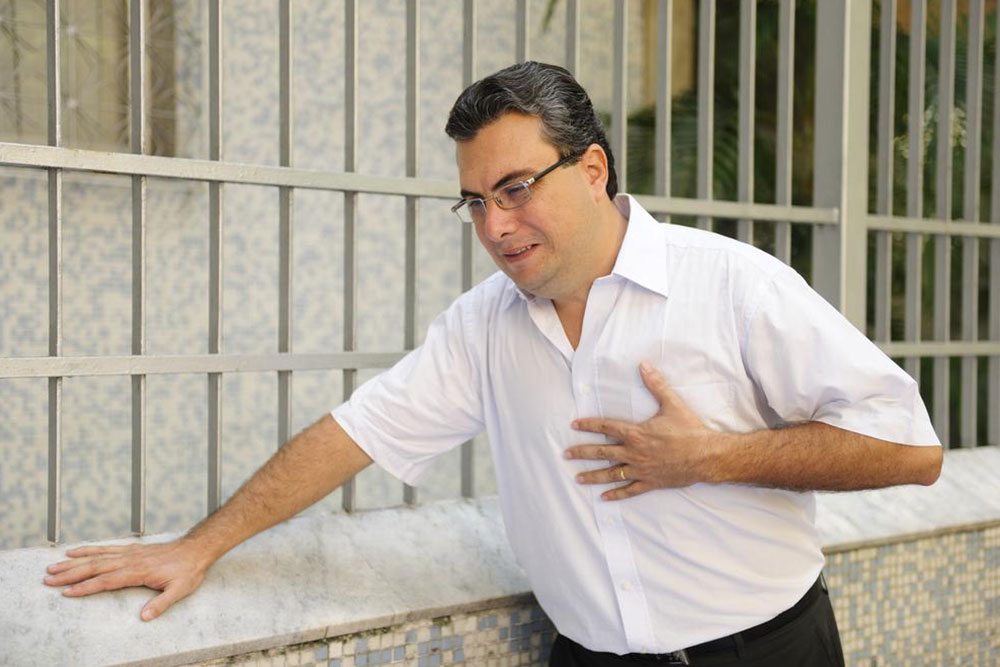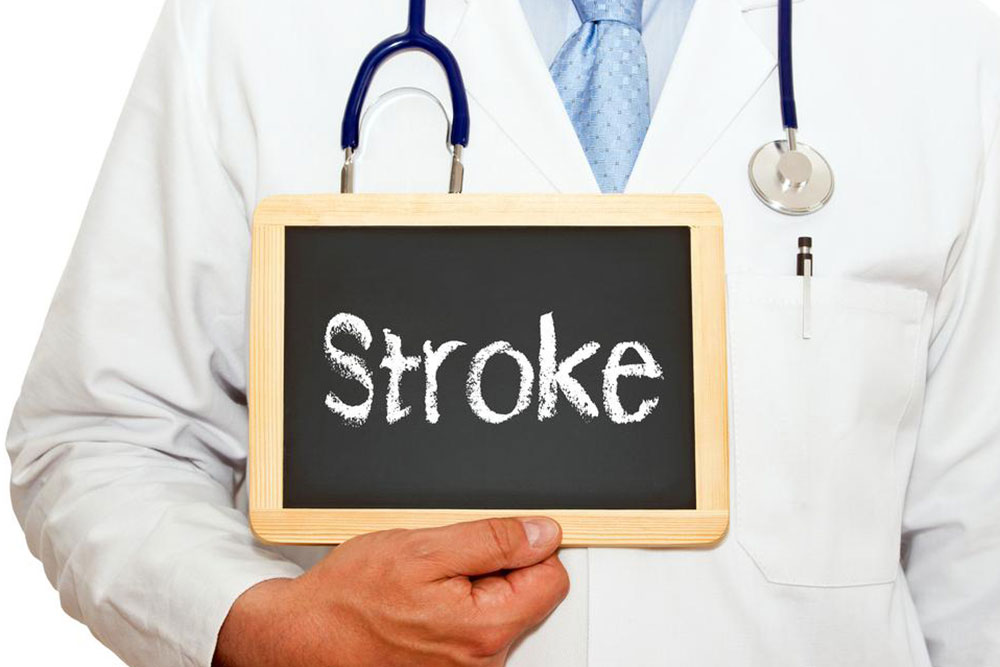Complete Guide to Identifying and Preventing Mini Strokes (TIA)
This comprehensive guide offers detailed insights into recognizing the signs of mini strokes (TIAs) and emphasizes the importance of prompt medical response. It covers causes, symptoms, emergency protocols, and prevention strategies like lifestyle modifications and medical treatment. Understanding these aspects can help individuals and caregivers take timely actions to prevent severe strokes, ensuring better neurological health and quality of life. Protect yourself and loved ones through awareness and proactive health management.

Complete Guide to Identifying and Preventing Mini Strokes (TIA)
The term "mini stroke," technically known as a transient ischemic attack (TIA), refers to a temporary disruption of blood flow to parts of the brain. It occurs when a blood clot or other debris blocks blood vessels briefly, depriving brain tissues of vital oxygen and nutrients. Although symptoms often resolve quickly, a TIA is a serious warning sign of potential future strokes and neurological issues. Recognizing the early signs of a mini stroke is essential for prompt medical intervention, possibly preventing severe damage or long-term disability.
**Understanding Mini Strokes: Causes and Risks**
Mini strokes are caused by temporary blockages, often due to small blood clots, fatty deposits, or other obstructions in cerebral arteries. Risk factors include high blood pressure, atrial fibrillation, high cholesterol levels, smoking, obesity, and a sedentary lifestyle. People over the age of 55, those with a family history of stroke, or individuals with diabetes are at increased risk. Understanding these factors enables early identification and collaborative prevention strategies.
**Recognizing the Key Signs and Symptoms of a Mini Stroke**
Early detection is crucial. Symptoms typically manifest suddenly and can last from a few minutes to several hours. Common signs include deficits in speech, weakness, visual disturbances, severe headaches, dizziness, behavioral alterations, memory problems, or swallowing difficulties. Notably, symptoms tend to occur on one side of the body, reflecting localized brain involvement.
Speech problems
Slurred or garbled speech, difficulty forming words, or confusion when speaking.
Weakness or Numbness
Sudden paralysis, weakness, or numbness affecting one side of the face, arm, or leg.
Visual disturbances
Blurred vision, partial or complete loss of sight in one eye, or double vision that appears abruptly.
Intense Headache
A sudden, severe headache often accompanied by nausea, vomiting, or loss of balance.
Coordination and Balance Issues
Dizziness, unsteady gait, or stumbling can indicate neurological impairment.
Behavioral and Mood Changes
Unexpected mood swings, confusion, or agitation.
Memory Troubles
Recent forgetfulness, difficulty recalling important details, or disorientation in familiar places.
Swallowing Difficulties
Challenges in swallowing liquids or solids, increasing the risk of choking.
If any of these symptoms are observed, immediate medical attention is imperative. Even if symptoms disappear quickly, they signify underlying vascular issues that require diagnosis and management to prevent full-blown strokes in the future.
**Emergency Response: What to Do in Case of Suspected Mini Stroke**
When witnessing someone showing symptoms of a mini stroke, quick action can save lives and reduce damage. Remember the acronym BE FAST:
Balance: Check for dizziness or loss of balance.
Eyes: Observe for vision disturbances or look for uneven pupils.
Face: Ask the individual to smile and note any unevenness.
Arms: Instruct to raise both arms and watch for weakness or drift.
Speech: Request the person to repeat a simple sentence and listen for slurred or strange speech.
Time: If any signs are present, call emergency services immediately without delay.
Regardless of whether symptoms are ongoing or resolve quickly, calling emergency services ensures prompt treatment and evaluation. Do not attempt to wait and see, as timely medical intervention can dramatically improve outcomes.
**Medical Evaluation and Long-term Prevention Strategies**
Once emergency care is administered, healthcare providers will conduct comprehensive assessments, including brain imaging, blood tests, and heart evaluations to determine the cause of the mini stroke. Treatment plans focus on controlling blood pressure, cholesterol, managing atrial fibrillation, and addressing lifestyle factors.
In addition to medications such as antiplatelet agents or anticoagulants, patients are advised to adopt lifestyle modifications to reduce future risks. These include maintaining a healthy weight, engaging in regular physical activity—such as brisk walking or swimming—adhering to a balanced diet low in saturated fats and salt, quitting smoking, and moderating alcohol consumption. Managing underlying conditions like diabetes or high cholesterol is equally vital.
**Living a Healthy Lifestyle to Prevent Mini Strokes**
Prevention is paramount in reducing the likelihood of repeat mini strokes or full strokes. Regular check-ups, patient education on recognizing warning signs, and adherence to prescribed medication plans are essential. Additionally, incorporating stress management techniques, avoiding illegal substances like cocaine and methamphetamine, and ensuring adequate sleep can contribute to overall vascular health.
By staying vigilant about symptoms, making informed lifestyle choices, and following medical advice, individuals can significantly decrease the risk of experiencing a mini stroke. Early recognition and proactive prevention form the cornerstone of neurological health and stroke mitigation efforts.





